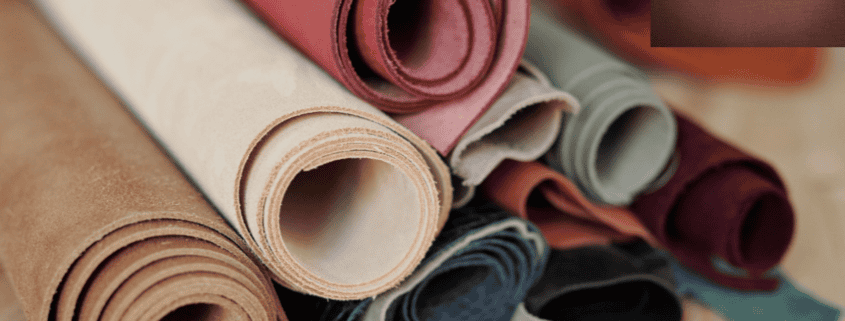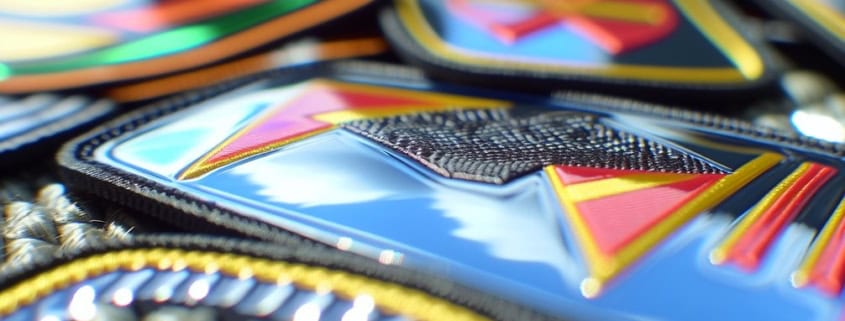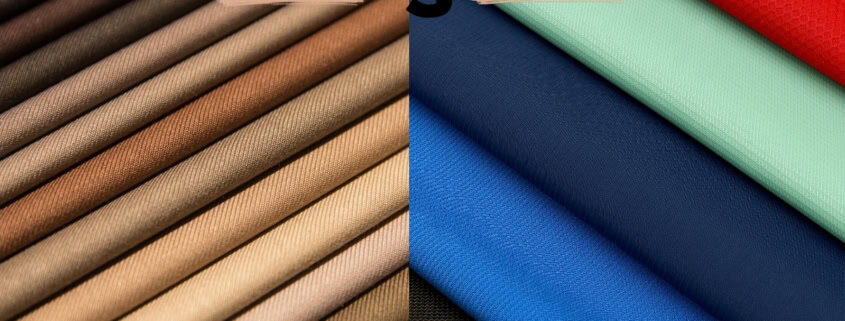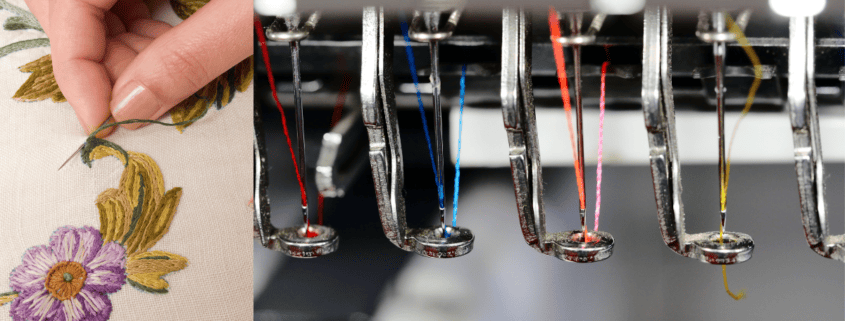How to Use Leather in Premium Custom Patch Designs
in Custom Patches, Leather, Patch MaterialsUtilizing premium leather in custom patch designs can greatly enhance the overall experience of the final product. The distinct texture and natural variations in premium leather offer a unique backdrop that elevates visual appeal. Unlike synthetic materials, genuine leather possesses an inherent richness, lending a luxurious quality that captures attention and enhances brand identity.
5 Key Takeaways To Ensure Premium
- Choose high-quality leather types like full grain or top grain for durability and intricate designs in your patches.
- Utilize embossed and debossed techniques to create unique textures that enhance the visual appeal of the patches.
- Incorporate vibrant dyed leather to add color while maintaining the natural grain for a premium look.
- Use stitching or appliqué methods to attach leather to fabric, ensuring durability and a refined finish.
- Experiment with layering different leather types and hardware elements like rivets to add depth and sophistication to your designs.
Types of Premium Leather
Premium leather comes in various types, each offering distinct characteristics that can substantially enhance custom patch designs. Understanding the nuances of these materials is essential for achieving the desired aesthetic and durability in your patches.
Type of Leather | Characteristics |
Full Grain | Retains the original grain and texture, offering unparalleled durability and a rich look. |
Top Grain | Sanded and treated for a smoother finish, it is more pliable and easier to work with, making it ideal for intricate designs. |
Suede | Soft and textured, it provides a unique tactile experience but requires careful handling to prevent wear. |
Nubuck | Similar to suede but made from the outer layer, it boasts a velvety finish and ages beautifully over time. |
- Each type of leather carries its own story, adding depth and richness to custom designs. The decision on which leather to use should align with both the artistic vision and practical requirements of the patch, ensuring that the final product is not only visually striking but also built to last. Embrace the textures and possibilities that premium leather offers to elevate your custom patch creations.
Benefits Of Genuine Leather Compared to Fake
When it comes to crafting premium custom patch designs, the versatility of leather offers a myriad of possibilities that can elevate any project. Leather’s inherent texture and rich aesthetic create a striking foundation for patches, allowing for both subtle and bold expressions of artistry. One effective method is to utilize embossed or debossed techniques. The mold processing that includes the embossing technique, although tough to follow and time-consuming, is great when it comes to outcome.
Additionally, incorporating animal skin leather can introduce vibrant colors while maintaining the natural grain, creating a dynamic interplay between hues and textures. Genuine leather use allows for customization that can reflect brand identity or personal style. Layering different leather types, such as combining smooth and distressed finishes, can further enrich the design, providing a contrast that draws the eye.
Tips to create premium designs for custom patches
Creating premium designs for custom patches in leather category requires both thoughtful approach and technical execution. The interplay between aesthetic appeal and functional durability is essential for crafting patches that resonate with their intended audience. Here are some tips to generate premium style design for custom leather patch.
- Choose the Right Materials: Opt for high-quality genuine leather and threads as per thicknes that must meet required stitched of design.
- Focus on Color Harmony: Select a color palette that complements the design while ensuring visibility and impact. Genuine leather has limited colors. Most available in dark sheds. You can make a good combination of thread with this.
- Incorporate Unique Textures: Utilize embossed or debossed techniques to add depth and tactile interest to your patches.
- Emphasize Simplicity: Aim for a clean, uncomplicated design that communicates the intended message effectively without overwhelming details.
- Test Prototypes: Create samples to evaluate the design’s aesthetic and functional aspects, allowing for adjustments before final production.
Why Leather Made Custom Patches Are Premium
Among the myriad of materials available for custom patches, leather stands out as a symbol of luxury and craftsmanship, elevating designs to a premium status. The use of leather in patch creation not only speaks to aesthetic appeal but also embodies a range of intrinsic qualities that make these patches highly sought after.
The premium nature of leather patches can be attributed to several factors:
- Durability: Leather is known for its strength and resilience, ensuring patches withstand the test of time.
- Unique Texture: Each piece of leather has its own distinct texture, offering an organic feel that synthetic materials cannot replicate.
- Aging Gracefully: Over time, leather develops a rich patina, adding character and depth to the design.
- Versatile Design Options: Leather can be dyed, embossed, or engraved, allowing for intricate and personalized designs.
- Luxury Appeal: The inherent qualities of leather evoke a sense of prestige, making it a preferred choice for brands aiming to convey exclusivity.
FINAL WORD
The versatility of premium leather permits a variety of finishes—be it matte, glossy, or textured—that can be tailored to fit specific branding needs. This adaptability guarantees that each patch can be customized to convey a distinct message, ultimately transforming a simple design into a statement piece that exudes sophistication and craftsmanship. Consequently, premium leather is not merely material; it is a medium that embodies excellence in custom patch design.



 Custom Patches Mania
Custom Patches Mania
